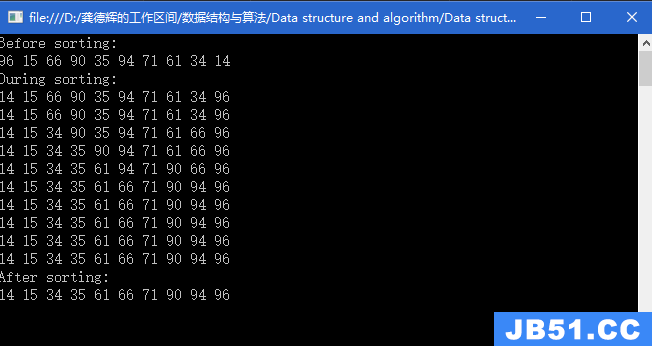迭代器
template<class T,class Ref,class Ptr> struct __TreeIterator { typedef BinTreeNode<T> Node; typedef __TreeIterator<T,Ref,Ptr> Self; __TreeIterator() {} __TreeIterator(Node* node) :_node(node) {} Ref operator*() { assert(_node); return _node->_date; } Self& operator++() { assert(_node); if(_node->RightTag==Link) { Node* right=_node->rightchild; while (right&&right->LeftTag==Link) { right=right->leftchild; } _node=right; } else { _node=_node->rightchild; } return *this; } Self& operator++(int) { Self tmp(*this); ++(*this); return tmp; } Self& operator--() { assert(_node); if(_node->LeftTag=Link) { Node* left=_node->leftchild; while (left&&left->RightTag==Link) { left=left->rightchild; } _node=left; } else { _node=_node->leftchild; } return *this; } bool operator!=(const Self s) const { return _node!=s._node; } Node* _node;T表示类型,Ref表示引用,Ptr表示指针
二叉树的实现
需要实现begin和end
template <class T>
class BinTree
{
typedef BinTreeNode<T> Node;
public:
typedef __TreeIterator<T,T&,T*> Iterator;
typedef __TreeIterator<T,const T&,const T* > ConstIterator;
Iterator Begin()
{
Node* cur=_root;
while (cur&&cur->LeftTag==Link)
{
cur=cur->leftchild;
}
return Iterator(cur);
}
ConstIterator Begin()const;
Iterator End()
{
return Iterator(0);
}
ConstIterator End()const;
BinTree()
:_root(NULL)
{}
BinTree(T* a,size_t size,const T& invalid)
:_root(NULL)
{
size_t index=0;
_CreateTree( _root,a,size,index,invalid);
}
void InorderThead()
{
Node* pre=NULL;
_InorderThead(_root,pre);
}
protected:
void _CreateTree(Node*& root,T a[],size_t& index,const T& invalid)
{
assert(a);
if(index< size&& a[index]!=invalid)
{
root=new Node(a[index]);
_CreateTree(root->leftchild,++index,invalid);
_CreateTree(root->rightchild,invalid);
}
}
void _InorderThead(Node* root,Node* &pre)
{
if(root==NULL)
return ;
_InorderThead(root->leftchild,pre);
if(root->leftchild==NULL)
{
root->LeftTag=Thread;
root->leftchild=pre;
}
if(pre&&pre->rightchild==NULL)
{
pre->RightTag=Thread;
pre->rightchild=root;
}
pre=root;
_InorderThead(root->rightchild,pre);
}
private:
Node* _root;
};
测试用例
void test() { int a1[10]={1,2,3,'#',4,5,6}; BinTree<int> t1(a1,10,'#'); t1.InorderThead(); //t1.Inorder_NonR(); BinTree<int>::Iterator it=t1.Begin(); cout<<endl; while (it!=t1.End()) { cout<<*it<<" "; ++it; } cout<<endl; }


